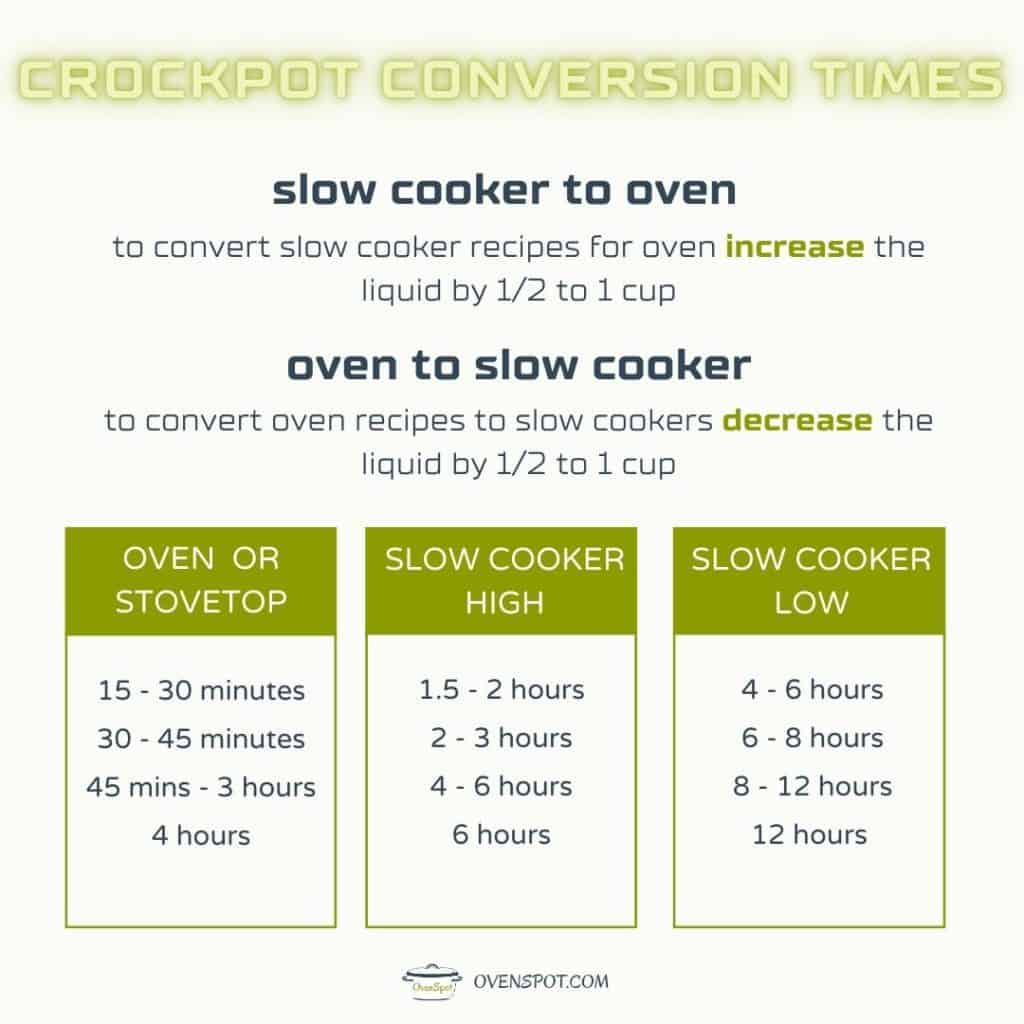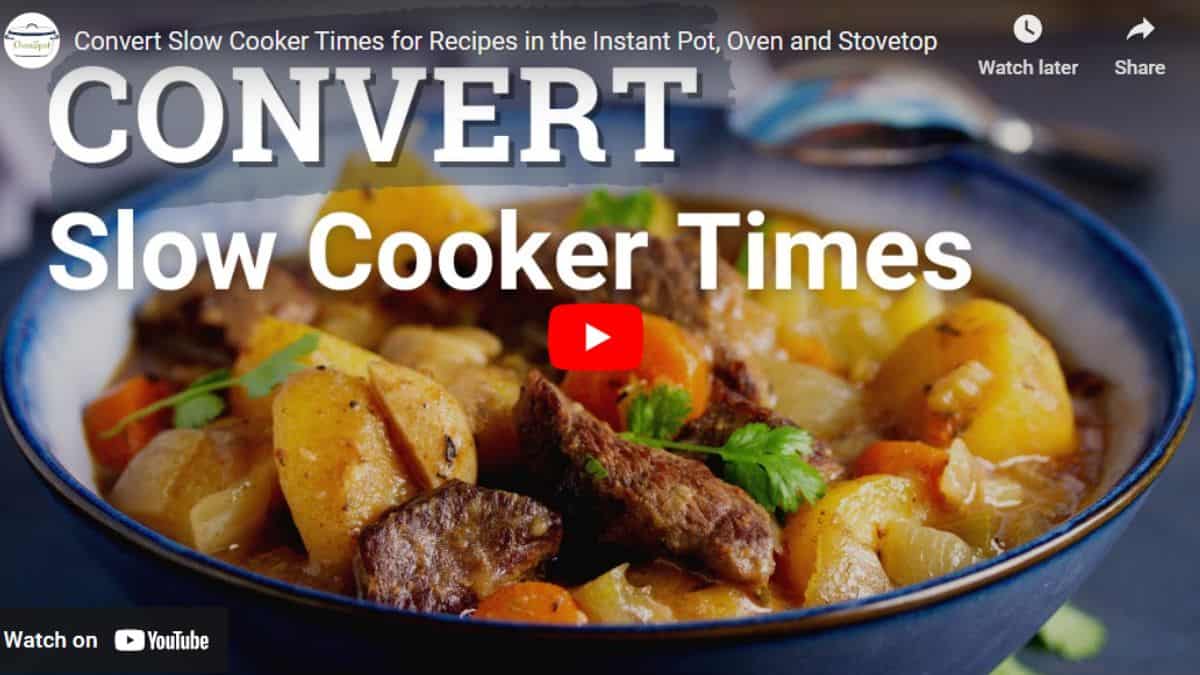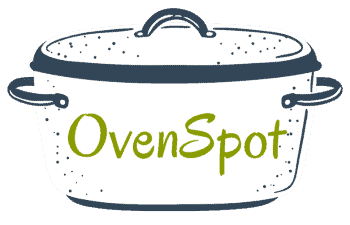Crockpot on Warm Instead of Low: Slow Cooker Settings Guide
Crockpots offer various settings that cater to the different needs of home cooks. This article explains slow cooker settings and the difference between a crockpot on warm instead of low.
Using a crockpot on warm instead of low is not recommended for cooking. The warm setting is designed to keep food at a safe temperature after it’s cooked, preventing bacterial growth. The low setting simmers food over several hours. Cooking in a warm setting might not cook thoroughly, posing safety risks.

Crockpot Temperature Settings
It is essential to understand the crock pot before slow cooking. By knowing the differences between the warm setting and the low and high settings on your crockpot, you can ensure your dishes are cooked perfectly.
Slow Cooker on Warm Setting
The warm setting on a crockpot is not designed for cooking your dishes. Instead, it maintains a temperature of around 165 degrees Fahrenheit to keep your food warm without overcooking it. This setting is warm enough to keep the food at an ideal temperature once your dish is already cooked or for serving food at a gathering.
Low and High Settings
The low and high settings on your crockpot are intended for cooking. A low setting heats the crockpot to around 190-210°F, while a high setting can reach approximately 300°F.
Cooking on a low setting allows for slow and steady cooking, which is perfect for dishes that require a low and slow process, like tough cuts of meat cuts and the infusion of flavors.
The optimal cooking temperature range for slow cooking is between 160 and 280 degrees Fahrenheit, and your crockpot’s low and high settings will offer that range. Adjusting between low and high is up to you and depends on your recipe requirements and the time you have available to cook.

Why Use Warm Instead of Low Setting
Using the keep warm mode on your Crockpot instead of the low setting can be beneficial for certain situations.
- Safe Temperature Maintenance: Keeps food at a steady temperature, keeping temperature out of the danger zone, reducing bacterial growth, and preventing overcooking.
- Not for Cooking: Ideal for maintaining warmth after the meal is cooked, especially during events or gatherings when everyone isn’t eating simultaneously.
- Consistent Heat: Ensures meals remain hot and appetizing for all.
- Prevents Overcooking: If you fear the low setting might overdo it, the warm setting helps retain your dish’s desired texture and flavor.
Cook Time on Warm
When using your crockpot on a warm setting, it’s important to note that this mode is designed to keep your food at a stable temperature, not to cook it.
The warm setting maintains a temperature of around 165 degrees Fahrenheit, which is ideal for keeping dishes warm for 2-4 hours but not for cooking.
As a result, relying solely on the warm setting for cooking is not recommended, as it will take considerably longer than intended for your food to cook, if at all.
Cook Time on Low
The low setting on a crockpot is designed for slow cooking and developing flavors over an extended period.
This setting allows the temperature to be within the range of 190-210 degrees Fahrenheit. Using this low setting, you can expect to cook your dishes for approximately 8 hours or more, depending on the recipe and ingredients.
For successful slow cooking, plan your cooking time accordingly. If a recipe calls for 4 hours on high, you can generally double the time to 8 hours on low and achieve a similar result.
Utilizing the low and slow features in your slow cooker works well for tenderizing meats and allowing flavors to meld in stews, soups, and casseroles.
Ensuring Food Safety
Food safety should always be your top priority when preparing and serving meals. To make sure the food you cook in your crockpot is safe to eat, it’s essential to maintain a safe temperature throughout the entire cooking process.
The FDA recommends keeping hot food at or above 140°F (60°C) to prevent bacterial growth. Achieving a stable temperature within this safe range will minimize the risk of foodborne illnesses.
Be mindful of keeping the food’s temperature for more than 4 hours on the warm setting, as it may not be sufficient to prevent bacterial growth.
It’s a good idea to use a meat thermometer to check the temperature every hour or so. If you notice the temperature dropping below the safe threshold, switch the crockpot back to low or high for a while to bring it back up.
Accidentally Leave on Slow Cooker on Warm
Oops! So you accidentally left your slow cooker on warm instead of low, and now you’re wondering if everything is alright with your meal. Don’t worry. We’ve got you covered with a few simple steps to ensure your food is safe and delicious.
- Check the temperature of your food using a food thermometer. The safe temperature for already-cooked food is above 165°F (74°C). If the temperature is within that range, you’re good to go. Your meal is safe to eat, and you can enjoy it as usual.
- If the temperature is below 165°F, your food may not be safe to eat. To avoid any unnecessary risks, it’s better to discard the meal in this case.
- To ensure your slow cooker is working correctly, remember to unplug it and turn it off, especially if you notice any smoke or strong flames. This precaution reduces the risk of fire hazards.
- When using your slow cooker in the future, try setting a timer or an alarm as a reminder to switch it from the warm setting to low or high temperature, and avoid accidentally leaving it on warm for too long.
- If you need to keep the food warm for a short duration, try not to exceed four hours on the warm setting.
Keeping Food Warm Safely
When using a crockpot, it’s essential to keep your food warm and safe for optimal taste and to prevent any foodborne illnesses. It’s easy to keep food warm when you know the right techniques and settings.
The warm setting on your crockpot should keep the food at a temperature of approximately 165 degrees Fahrenheit.
This is the ideal temperature to keep your food warm and safe. It doesn’t cook your food further but instead maintains its perfect serving temperature.
To keep your food warm, switch to the warm setting after the cooking process is complete. Your dish remains at the perfect serving temperature while preventing overcooking.
If you’re planning to serve your food later, just keep your crockpot on the warm setting, and your meal will be ready when you are.
While using the warm setting, make sure to keep the lid on your crockpot, as it traps heat and moisture, keeping your food at the perfect serving temperature.
Avoid opening the lid frequently, as it can let heat escape and reduce the effectiveness of the warm setting.
Long-Term Usage of Warm Setting
Slow Cooker on Warm Overnight
It is recommended to leave a crockpot in a warm setting for no more than 2 to 4 hours. The food may not maintain heat at 165 degrees Fahrenheit, which is ideal for maintaining food warmth without overcooking, drying out, and bacteria growth.
If you want to use your slow cooker overnight, it’s recommended to complete cooking at a low or high setting overnight before switching to warm mode when the dish is complete. Your dish will be ready in the morning in the warm setting.
Extended Period Usage
For scenarios where your cooker is needed for an extended period, such as potluck dinners or holiday gatherings, it’s crucial to manage the warm setting properly. One of the benefits of using the warm setting for longer periods is you can prevent overcooking the food, which often happens when using a low setting for too long.
Bear in mind that the primary purpose of the warm setting is not for cooking but rather for retaining heat and preventing bacterial growth. When you need to keep a dish warm for longer, like during a social event, make sure it has been thoroughly cooked before transitioning to the warm mode.

Best Practices for Using Crockpots
When using a crockpot, it’s important to follow some best practices to ensure your food is cooked safely and deliciously. Here are a few tips to help you make the most of your slow cooking experience:
1. Choose the appropriate setting. A crockpot typically has three settings: Low, High, and Warm. The Low setting is around 88°C (190°F) and should be used when you want to cook your food slowly over a long period. The High setting cooks food faster but still slower than traditional stovetop cooking. The Warm setting is ideal for keeping food hot and safe to eat after it has finished cooking but is not intended for cooking purposes.
2. Preheat your crockpot. Before adding your ingredients, it’s a good idea to preheat the crockpot to its lowest setting for 10-15 minutes. This helps get the pot to a safe temperature quickly and ensures the food cooks more evenly.
3. Pay attention to the cooking time. Different slow cookers have different cooking times, so it’s essential to learn how to use your specific crockpot. Generally, slower cookers should be left on High for 4-6 hours or Low for 8-10 hours. However, the exact cooking time depends on your recipe and the slow cooker’s size and model.
4. Avoid overcooking your food. When using the Low setting, check the food for doneness after about 8 hours to prevent overcooking. Overcooked food can become mushy and lose its flavor and texture.
5. Monitor the temperature. To keep your food at a safe temperature, use a thermometer to check the temperature periodically. If it drops below 140°F (60°C), switch the slow cooker back to Low or High until the proper temperature is reached. This helps prevent bacterial growth and keeps your food safe to eat.
6. Don’t leave your crockpot unattended for extended periods. While you can leave a crockpot on Low or High when you’re away from home or going about your day, it’s best not to leave it unattended for more than 12 hours. Doing so increases the risk of electrical issues or other safety hazards.
Wrapping Up: Crockpot on Warm Instead of Low
By following these best practices and keeping a close eye on your crockpot, you’ll be able to cook delicious, safe meals with ease.
One-Pot Cooking Rocks!

Michelle
Hi, I’m Michelle, the founder, owner, author, and editor of OvenSpot. My passion for one-pot cooking commenced when I was working to prepare cafeteria lunches for school students. I am now on a mission to assist you in choosing the cooking pot or appliance you will use daily. As well as in-depth information to assist you in using and caring for your cookware and appliances. Along with the yummy recipes I use at home.
Questions? Reach out to Michelle at [email protected]
